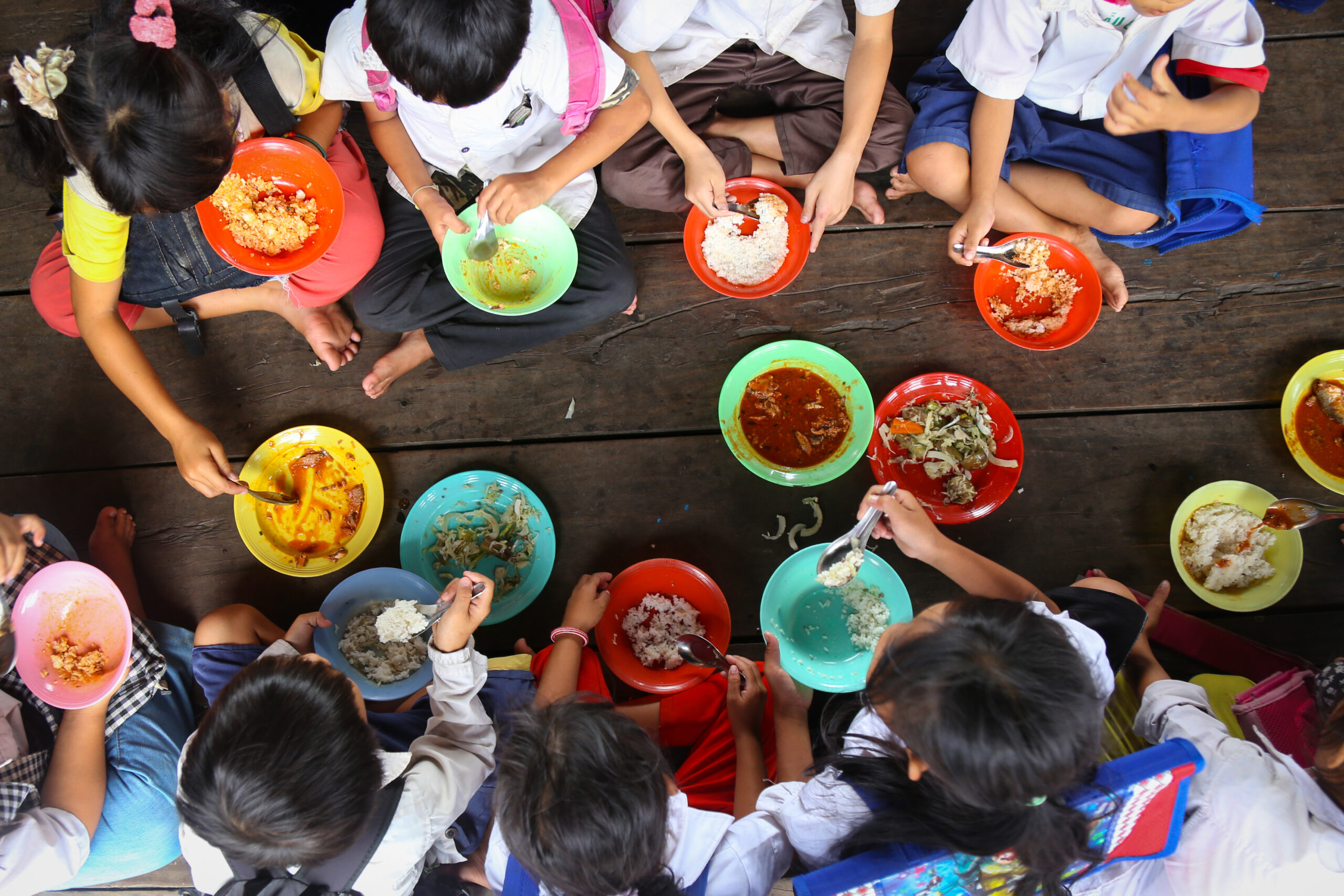Despite social protection’s significant advances in recent years, its potential to contribute to the realisation of the Sustainable Development Goals (SDGs) has not been fully exploited. This can be seen by considering three empirical facts discussed here first, and followed by analysis of how social protection policies and resources can more effectively reduce poverty and hunger.

First, progress towards SDG2 (zero hunger) is alarmingly off–track. The global prevalence of undernourishment fell from 12.2 percent in 2005 to 7.3 percent in 2014, but then increased to 9.6 percent in 2022 – reversing much of the gains. The number of undernourished people fell from 798 million in 2005 to 539 million in 2014, but rose to 763 million in 2021 – close to the total in 2005. Many factors explain this reversal of progress. These include rising costs of nutritious diets, Covid-19, Russia’s war on Ukraine, and the cost-of-living crisis throughout much of the world.
Second, progress towards SDG1 (halving poverty) is also off–track, but less critically so. Globally, extreme poverty (<$2.15/day) was falling until Covid-19 to fall to 6.8 percent in 2030, down from 10.8 percent in 2015.
Third, eradicating poverty is not the same as eradicating hunger. Evidence shows that reductions in poverty are not being translated into reductions in food insecurity. It follows that achieving SDG1 will not automatically achieve SDG2. Additional food security and nutrition interventions are needed. This is because income security is necessary but not sufficient for food security.
This is a crucial point, because hunger and malnutrition are not only caused by poverty; they also cause poverty – through negative impacts on human capital, health, labour productivity and socio-political stability. One key solution to reverse rising food insecurity is to intensify public investments in food security and nutrition-sensitive social protection. This requires paying attention to all five dimensions of social protection – not just coverage and adequacy, but also comprehensiveness, quality and responsiveness, through both a recognition of nutritional risks across the lifecycle and the establishment of intersectoral linkages to tackle them.
Social protection and poverty reduction
Social protection has great power to reduce poverty. At national level, this can be seen simply by considering the relationship between poverty prevalence and government spending on social protection as a percentage of GDP. In sub-Saharan Africa, poverty often exceeds 60 percent, but social protection spending rarely reaches five percent. In Western Europe, where poverty rates are low, spending on social protection averages 20 percent or more. Without social welfare and social insurance, poverty in Europe would be considerably higher.
Social protection also contributes to all six pillars of food security. Food availability is enhanced by spending of cash transfers on agricultural production, input subsidies, and home-grown school feeding where farmers are contracted to supply food items to local schools.
Food access is supported directly with food transfers or vouchers, and indirectly when cash transfers are used to purchase food. Food access is stabilised when shock-responsive social protection increases either the number of beneficiaries to include the newly food insecure or the value of transfers, following a price shock or food crisis.
Food utilisation, which relates to the quality of diets, can be enhanced through fresh food vouchers that are exchanged for vegetables and fruit. Social protection programmes also boost agency by enhancing people’s purchasing power, thereby broadening their food choices. Additionally, these programmes bolster household and individual resilience and their risk management strategies. This prevents the adoption of negative coping mechanisms, which protects natural resources against depletion and supports environmental sustainability.
Looked at another way, social protection generates distinct yet mutually reinforcing outcomes in several dimensions: economic (spending and investment, income and employment multipliers, local economic development); social (social cohesion, human capital formation through conditional cash transfers and school feeding programmes), and structural (transformative effects of a rights-based approach that addresses intersecting inequalities, including gender inequities and economic and social injustice).
Consider, for example, the economic and social returns to school feeding. A review covering 190 million children across 14 countries found that every dollar invested in school feeding generates $0.6 of social protection (the transfer value of the food), $2 to agriculture, $2 to health and nutrition, and $14 to education, as well as unquantifiable benefits in terms of reduced gender gaps in education access.
Leaving no country behind
Social protection must leave no country behind. This requires focusing on countries most in need: Least Developed Countries (LDCs), Landlocked Developing Countries (LLDCs), Small Island Developing States (SIDS), and Fragile and Conflict-Affected States (FCAS). These countries are highly vulnerable to ‘polycrisis’: climate change, conflicts, epidemics, inequalities, food crises, and a range of economic, geopolitical, societal and technological risks.
These countries are also those that have the least protection against poverty and shocks. Among the 39 countries where an Integrated Food Security Phase Classification (IPC) analysis has recently found critical or emergency levels of acute food insecurity, 32 are classified as low-income and 26 are least developed countries (LDCs). In low-income countries, only eight percent of the vulnerable population is covered by social protection, compared to 63 percent in high-income countries and a global average of 29 percent. Expanding the coverage, adequacy, comprehensiveness, quality and responsiveness of social protection in these countries will certainly accelerate progress towards both SDG1 and SDG2.
This opinion piece is based on a keynote speech by Stephen Devereux with inputs from Juan Gonzalo Jaramillo Mejia, at the High-Level Political Forum side-event, ‘Accelerating Progress Towards SDG2 – Zero Hunger – in Fragile and Least Developed Countries in a Polycrisis World’, at the United Nations in New York on 9 July 2024, which launched the Global Task Force on Social Protection for Nutrition, Human Capital, and Local Economic Development, with IDS as the lead research partner.
Stephen Devereux is a Research Fellow at IDS and a co-founder of the Centre for Social Protection and the Food Equity Centre.
Juan Gonzalo Jaramillo Mejia is the Lead Technical Advisor on Food Security and Nutrition-Sensitive Social Protection at the United Nations World Food Programme.